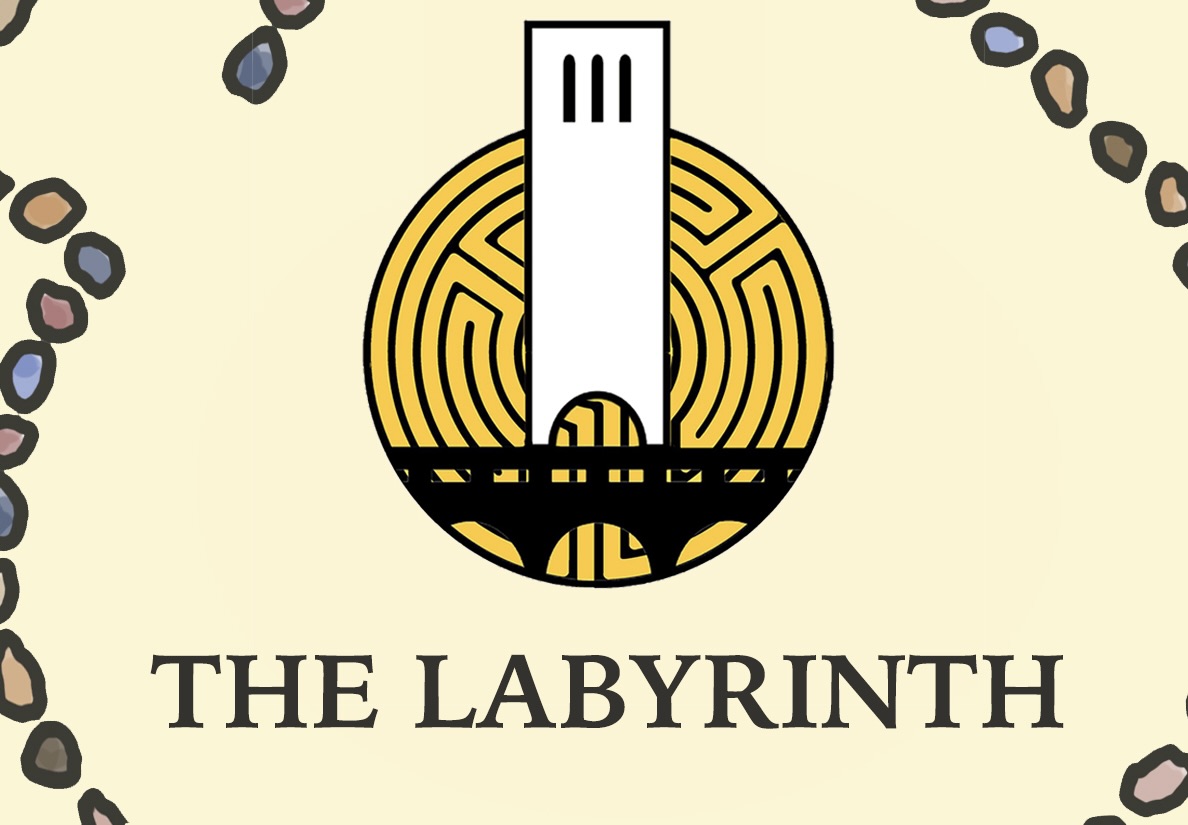The Resource Center for Sexual & Gender Diversity held a vigil for Transgender Day of Remembrance and Resilience on Nov. 20, remembering and honoring people who were murdered for their transgender identity in 2024.

The altar made to honor transgender lives lost in 2024. Jack Dindia / Daily Nexus
Transgender Day of Remembrance and Resilience marks the end of Transgender Awareness Week, and was created in 1999 after the murder of Rita Hester, a Black transgender woman, in Massachusetts. The Human Rights campaign reported that 30 transgender people were killed in 2024.
The vigil, held from 6-8 p.m. at the MultiCultural Center lounge, intended to honor transgender people who were killed in 2024. The vigil included an altar with pictures of the victims and lit candles. Participants were able to design artwork made with crayons and paper provided by the Resource Center for Sexual & Gender Diversity (RCSGD) for the altar.
Second-year psychological & brain sciences major and RCSGD Trans & Nonbinary Empowerment Coordinator Jackson Griffiths and UC Santa Barbara alum and Assistant Director of Programs & Leadership of RCSGD Marco Muñoz organized the vigil. The altar took inspiration from ofrendas, or altars, a Día de los Muertos tradition.
Griffiths, who selected the list of people to honor, said that he tried to select the youngest people due to their killings being “the most unjust.”
“The youngest person on that altar over there, it’s Pauly Likens. She was 14. They found her dismembered body in a reservoir in [Pennsylvania],” Griffiths said. “That is an outrage, that is unacceptable. To not have a space like this would be to passively accept it and to say that, you know, that is okay — it is not. She should be alive. All of those people should be alive.”
Griffiths included a list of trans people who were killed in 2024 and discussed community resources for trans students in a speech intended to be uploaded to RCSGD’s Instagram. Griffiths said that it is a “scary time to be transgender” due to a “big change in terms of electoral politics,” but encouraged people to stay hopeful and to fight for those whose lives were lost due to hate.
Muñoz said the “resilience” part of the holiday name represents ongoing “barriers, obstacles, bias and discrimination” that transgender people face from “individual acts and [systematically].” He said Trans Day of Remembrance and Resilience is meant to be taken as a moment to grieve and to process their challenges as a community.
“This remembrance and resilience vigil is more than just remembering the pain and the hurt, it’s also remembering the lives of the people who we are honoring. It’s remembering that they deserved to live [full lives] and show up in all of their authentic lives, in their authentic selves,” Muñoz said. “It’s also a space to be able to kind of remind our trans folks what we’re fighting for, that they deserve to live full lives, deserve to show up as authentically as they choose to.”
Griffiths emphasized the importance of this vigil and other events like it, as “it’s a continuation of a lot of work that has already been done by transgender people,” and provides trans students with “a space to exist.” He highlighted the RCSGD’s Trans & Gender Nonconforming (GNC) talks and the Gender Affirming Product Program.
Muñoz discussed how reaching out for help can feel daunting, and that RCSGD encourages people to come to events during these difficult times for transgender people.
“This is a time of a lot of uncertainty, a lot of pain, a lot of grief, definitely a lot of confusion, anxiety, anger, of course, frustration and there’s a lot of fears about how we will be able to navigate this institution … we have resisted historically [and] we will continue to resist,” Muñoz concluded.
The altar made for the vigil will be added to the existing altar to honor lives lost to anti-trans violence in the LGBTQIA+ center, located on the third floor of the Student Resource Building.















